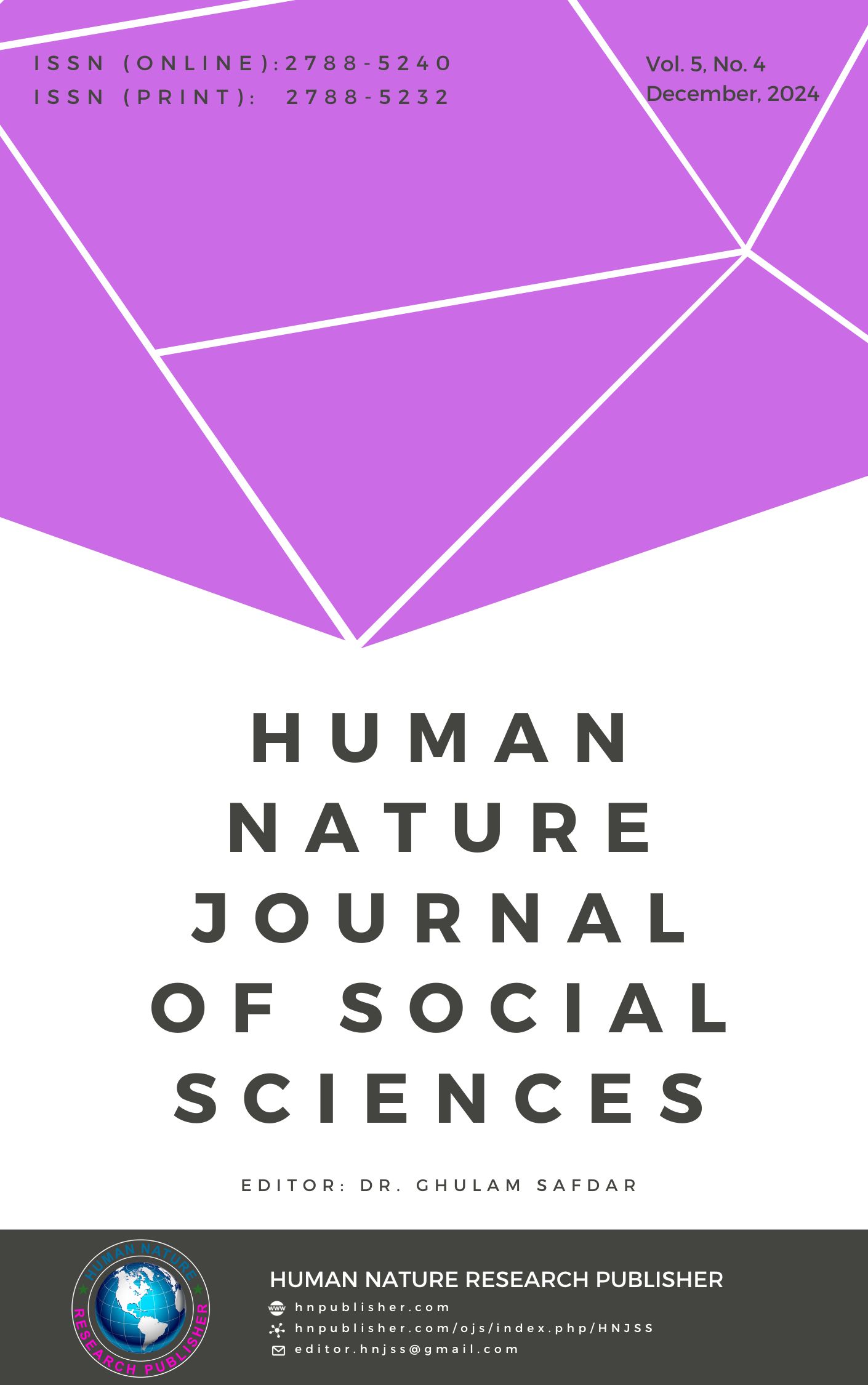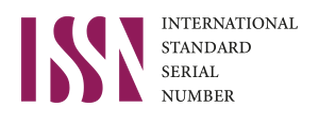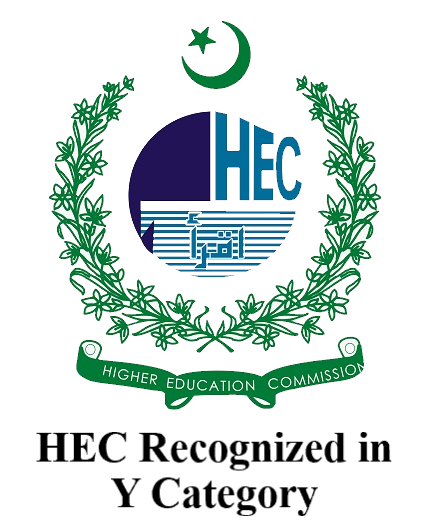Nature of University Students: The Role of Adverse Childhood Experience, Self-Blaming and Criminogenic Cognitions
DOI:
https://doi.org/10.71016/hnjss/8st20s22Keywords:
Adverse childhood experience, Self-Blaming, Criminogenic Cognitions, Nature, University studentsAbstract
Aim of the Study: The current study aimed at exploring the relationship between adverse childhood experiences, self-blaming and criminogenic cognitions in university students.
Methodology: For this purpose, a cross-sectional research strategy was used to assess the prevalence of adverse childhood experience, self-blaming and criminogenic cognitions in university students. Data was collected from 200 university students using convenient sampling. Descriptive statistics were used for demographic findings and linear regression analyses were performed to determine the association between adverse childhood experiences (ACE), self-blaming and criminogenic cognition.
Findings: The findings show that there is a negative correlation among the variables that are adverse childhood experience (ACEs), Self-Blaming (SB) and Criminogenic Cognitions Scale (CCS). It means that there is less likelihood that adverse childhood experience and self-blaming can cause criminogenic cognitions in students. However, there was a significance that was found with a subscale Failure of Accept Responsibility (FAR) of Criminogenic Cognitions Scale (CCS) with regard to independent variables.
Conclusion: Study concluded that the culture and the society of the country Pakistan could greatly influence how such experiences might be received and in turn affect a person. Strong families and community support in Pakistan might prevent the ACEs, such as developing the thinking that leads to criminality. These cultural factors may also decrease the ‘self-blame attitude’ which, in turn, does not directly imply a link and explain why there was no association with criminogenic thinking.
Downloads
Published
Issue
Section
License
Copyright (c) 2024 Maira Tariq, Dr. Shahnila Tariq (Author)

This work is licensed under a Creative Commons Attribution-NonCommercial 4.0 International License.








